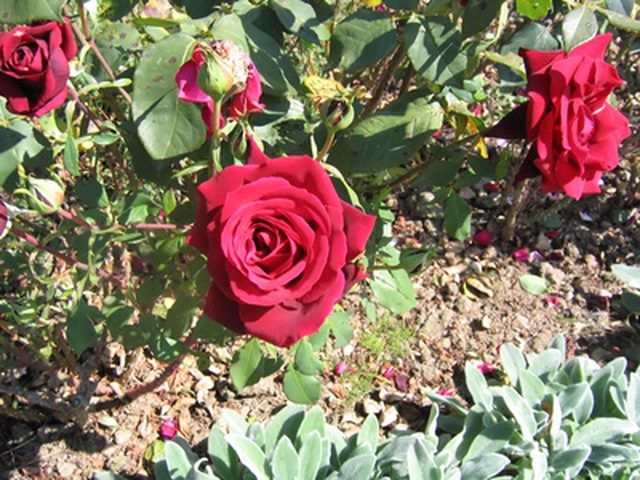Bulbs
Flower Basics
Flower Beds & Specialty Gardens
Flower Garden
Garden Furniture
Garden Gnomes
Garden Seeds
Garden Sheds
Garden Statues
Garden Tools & Supplies
Gardening Basics
Green & Organic
Groundcovers & Vines
Growing Annuals
Growing Basil
Growing Beans
Growing Berries
Growing Blueberries
Growing Cactus
Growing Corn
Growing Cotton
Growing Edibles
Growing Flowers
Growing Garlic
Growing Grapes
Growing Grass
Growing Herbs
Growing Jasmine
Growing Mint
Growing Mushrooms
Orchids
Growing Peanuts
Growing Perennials
Growing Plants
Growing Rosemary
Growing Roses
Growing Strawberries
Growing Sunflowers
Growing Thyme
Growing Tomatoes
Growing Tulips
Growing Vegetables
Herb Basics
Herb Garden
Indoor Growing
Landscaping Basics
Landscaping Patios
Landscaping Plants
Landscaping Shrubs
Landscaping Trees
Landscaping Walks & Pathways
Lawn Basics
Lawn Maintenance
Lawn Mowers
Lawn Ornaments
Lawn Planting
Lawn Tools
Outdoor Growing
Overall Landscape Planning
Pests, Weeds & Problems
Plant Basics
Rock Garden
Rose Garden
Shrubs
Soil
Specialty Gardens
Trees
Vegetable Garden
Yard Maintenance
How to Grow Knockout Roses From Clippings
How to Grow Knockout Roses From Clippings. The joy of having "Knock Out" roses is that they are so easy to grow. The disease-, drought- and pest-resistant roses practically take care of themselves. They make attractive, low-maintenance hedges in the landscape. By rooting the cuttings from a "Knock Out" rose, you can have your...

The joy of having "Knock Out" roses is that they are so easy to grow. The disease-, drought- and pest-resistant roses practically take care of themselves. They make attractive, low-maintenance hedges in the landscape. By rooting the cuttings from a "Knock Out" rose, you can have your own easy-to-grow roses.
Things You'll Need
Knife
Peat moss
Composted pine bark
Rooting hormone
Take cuttings from the tip of the "Knock Out" rose, in the area where the hip is beginning to form. Cut a stem six to eight inches long, at a 45 degree angle, using a sharp knife. Do not allow cuttings to dry out.
Select a location for the cuttings to root. A location on the east side of your house, which gets plenty of sunlight, but not direct light, is a good location for your "Knock Out" cuttings. Mix peat moss and composted pine bark, with the existing soil. Soil should be kept moist, but well drained.
Remove the leaves on the lower half of the rose cutting, allowing them to remain on the upper half of the cutting. Dip half of the cutting into the rooting hormone. Take your pencil and make a small hole into the soil. Put that portion of the cutting, which has rooting hormone on it, into the hole.
Place the cuttings eight inches apart. Firm the soil around the cuttings, by pressing the soil with your palms, to ensure good soil contact. Water the cuttings thoroughly. If necessary, protect the cuttings from the cold.
Water the cuttings every other day, if it does not rain. In the spring the "Knock Out" roses will develop leaves and roots. Although they have roots, it is best to leave the young roses in place for one year or until they can be transplanted, without damage.
Transplant the young roses to a location that has at least six hours of sun. Do this while the plants are dormant in late winter.
Tips & Warnings
Fertilize the young plants once a month, with a rose fertilizer from a plant center.